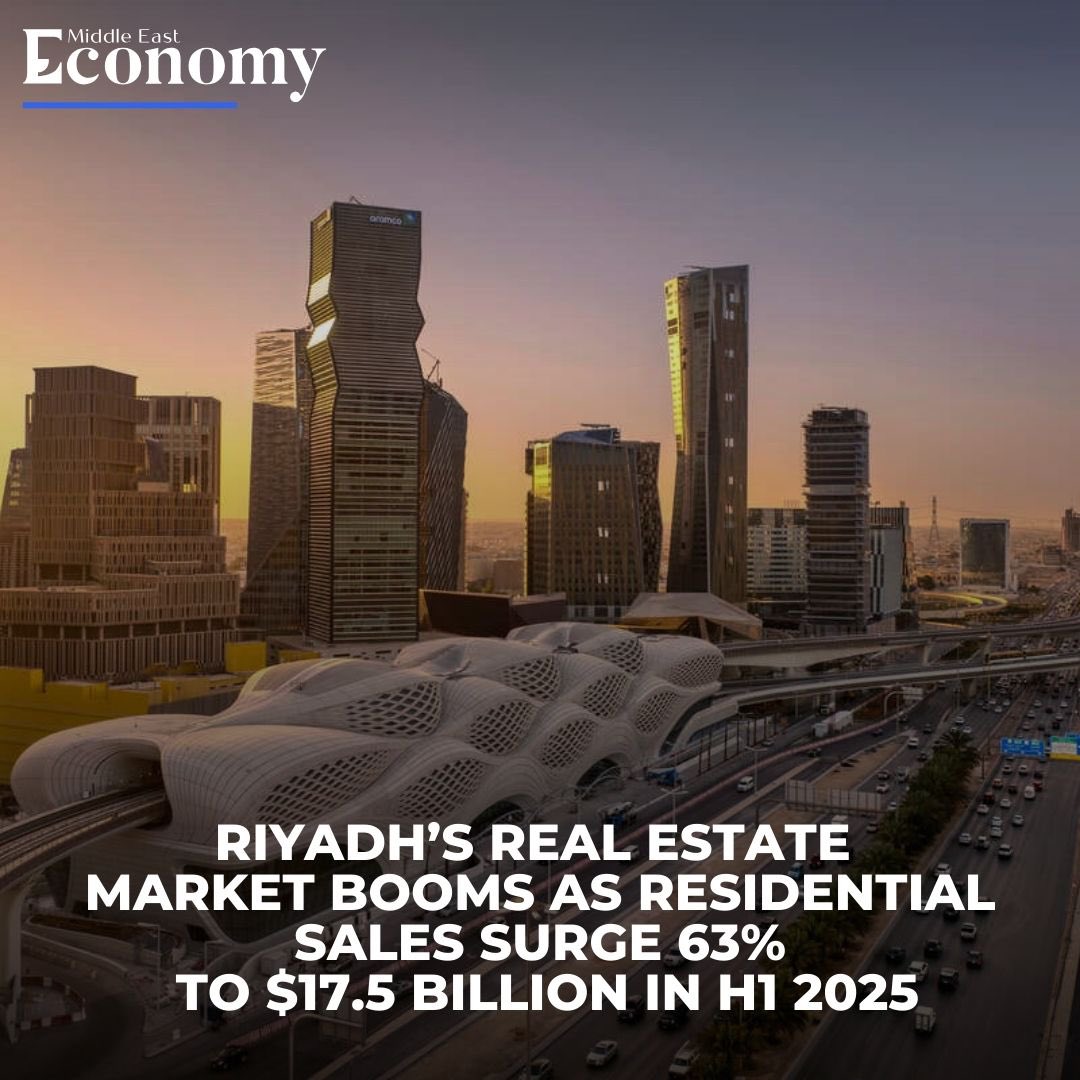
Jeddah reported strong growth too, with sales values climbing about 34% year-on-year to SAR 18.3 billion and transaction volume up nearly 25%, to 15,200. Apartment and villa prices in both cities increased, though Riyadh saw more pronounced gains. Apartment prices rose around 10.5% in Riyadh, while villas went up about 12.4%. Rental rates followed a similar pattern: apartments in Riyadh are about 10.3% more expensive year-on-year, villas up 14.4%. In Jeddah, apartment rents rose roughly 4.7%, but villa rentals declined by 2.7%.
Supply of new housing units in Riyadh remains under pressure despite ambitious targets. Around 6,000 units were delivered in the first half of the year, with some 18,000 more expected by end-2025. Looking ahead to 2027, the residential supply in Riyadh is projected to expand by an additional 48,000 units, pushing the capital’s total supply close to two million units. Jeddah, while smaller, is also increasing inventory: 2,100 units completed in the first half of the year and about 12,700 more expected by year-end, with a further 24,000 projected in the 2026-2027 period.
Policy reform is reshaping the Saudi real estate landscape at the same time. A new law approved in July 2025, to take effect in January 2026, will replace the old real estate ownership framework for foreigners, allowing individuals, corporations, and non-profit entities who are non-nationals to own and invest in real estate in designated geographic zones. The law expands rights in use and ownership, and permits foreign ownership in some previously restricted areas, though holy cities such as Makkah and Madinah remain subject to special conditions restricting ownership to Muslim persons in many cases.
Topics
Saudi Arabia
